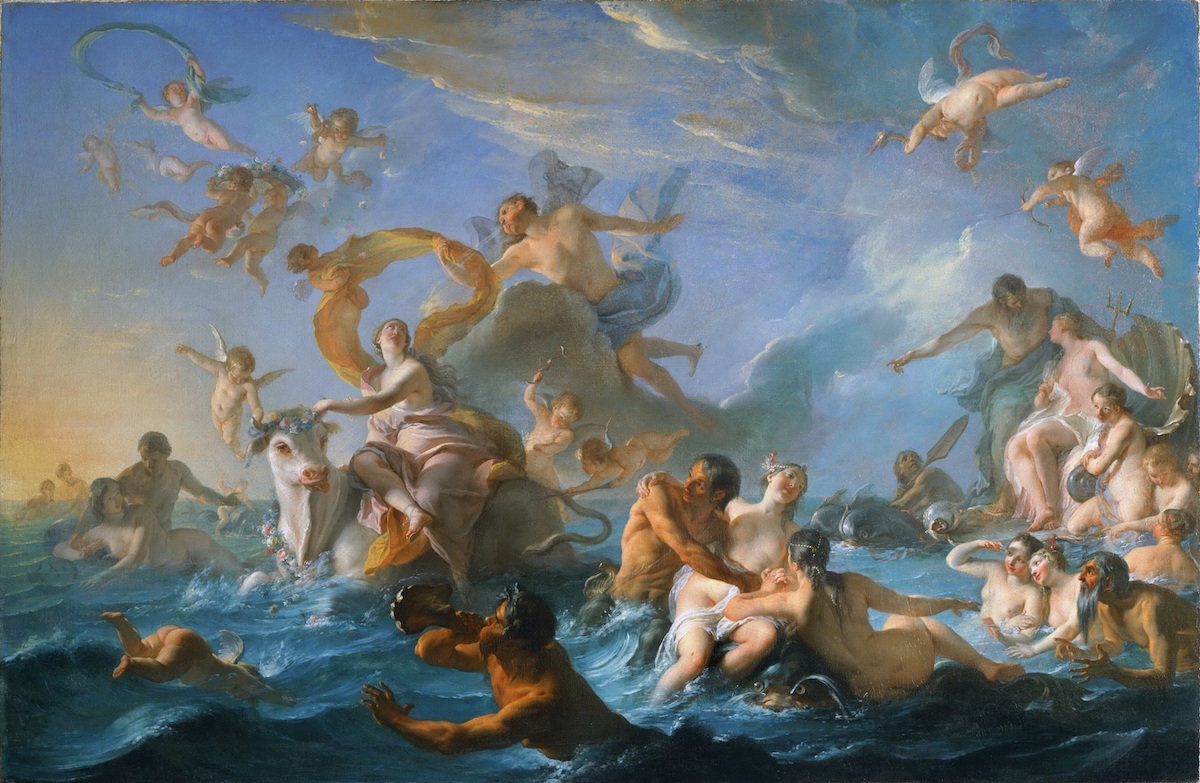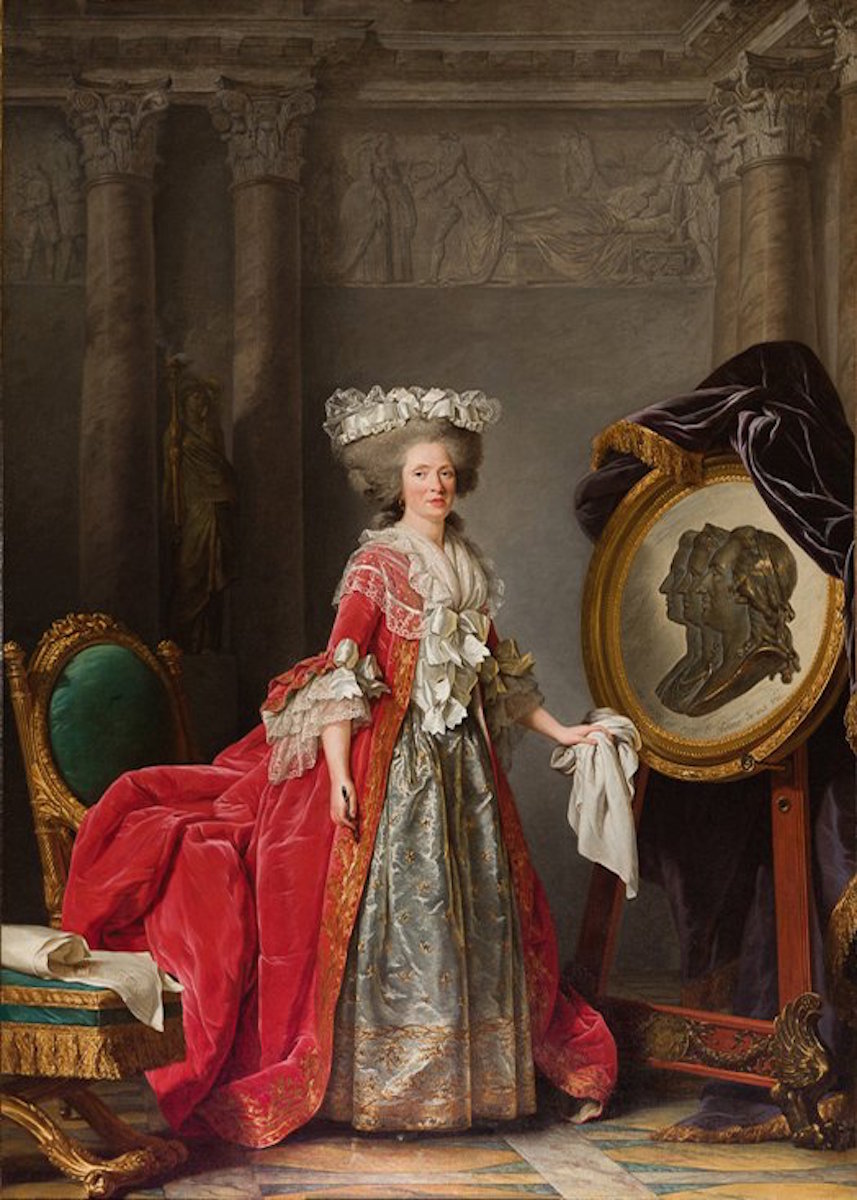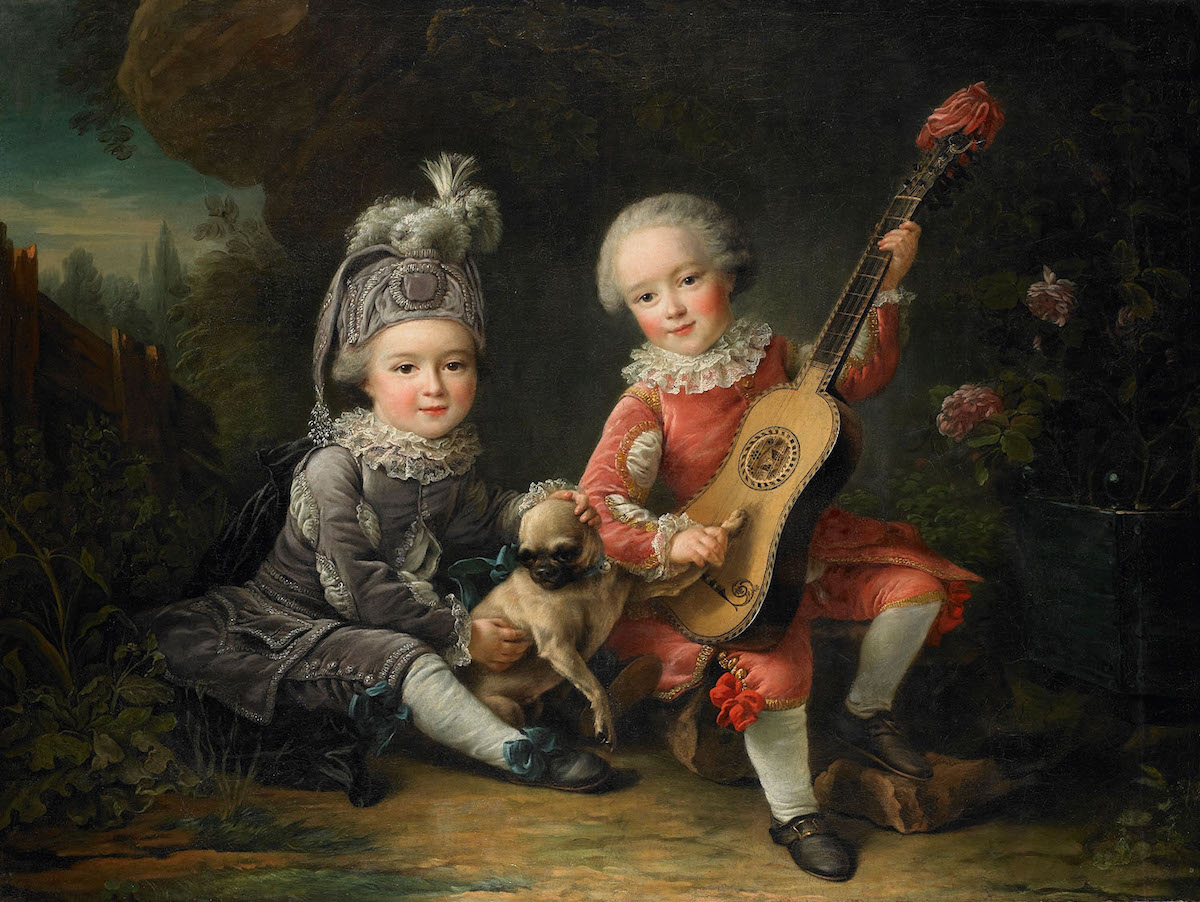
Fig. 1. Noël-Nicolas Coypel, The Abduction of Europa, 1727. Oil on canvas, 127.6 x 194.0 cm. Philadelphia Museum of Art. Image source: Wikimedia Commons
In the summer of 1815, Joseph Bonaparte, Napoleon’s older brother and dethroned king of Spain, fled Europe and arrived in New York under the assumed name of the comte de Survilliers. He brought with him a veritable art museum, far beyond anything that had been seen before in the Americas. Two Quaker ladies touring his home in Bordentown, New Jersey recalled: “The walls were covered with oil paintings, principally of young females, with less clothing than their originals would have found agreeable in our cold climate, and much less than we found agreeable when the count without ceremony led us in front of them.”[1] Among the causes for offense were Noël-Nicolas Coypel’s bravura submission to the concours of 1727, The Abduction of Europa (1727; Philadelphia Museum of Art; Fig. 1), Charles-Joseph Natoire’s The Toilet of Psyche (c.1735; New Orleans Museum of Art) and, from the sizable group of non-French works, Titian’s Tarquin and Lucretia (1571; Fitzwilliam Museum). Joseph’s visitors would have also encountered Claude-Joseph Vernet’s massive, panoramic Villa at Caprarola (1746; Philadelphia Museum of Art) as well as Jacques-Louis David’s portrait of Zénaïde and Charlotte Bonaparte (1821; J. Paul Getty Museum) and his iconic Napoleon Crossing the Alps (c.1801; Malmaison).
French painting, of course, had a healthy if less decadent life in North America before Joseph’s arrival, particularly in the circles of George Washington, Benjamin Franklin and Thomas Jefferson. Either as diplomatic gifts or as a means of documenting founding fathers through portraiture, the paintings produced in artistically rich, conveniently Anglo-phobic France held an important place in early America. A letter from Jefferson to his secretary in Paris in 1790 records not only his commission of Joseph Boze’s Marquis de Lafayette (1790; Massachusetts Historical Society), but also an awareness of contemporary French painting: “I do not like Madame Le Brun’s fan colouring, and of all possible occasions it would be worst applied to a hero.”[2] Jefferson had negotiated with Jean Valade in 1786 for a copy of what he thought was Jean-Baptiste Greuze’s Portrait of Benjamin Franklin (1777; American Philosophical Society, Philadelphia), but was probably a copy of Joseph-Siffred Duplessis’s Salon favorite of this sitter (1778; Metropolitan Museum of Art).[3] In 1778, Franklin himself had negotiated autograph copies of Élisabeth Vigée Le Brun’s Marie-Antoinette and Antoine-François Callet’s Louis XVI as diplomatic gifts from the French government, claiming that they would be “kept in some public place where the Congress sits,” though they were lost when the British army burned the United States Capital Building in 1812.[4]

Fig. 2. Adélaïde Labille-Guiard, Portrait of Madame Adélaïde, c. 1787. Oil on canvas, 273.7 x 187.3 cm. Speed Art Museum, Louisville, Kentucky. Image source: Wikimedia Commons
“America Collects Eighteenth-Century French Painting,” which runs at The National Gallery of Art until August 20, proudly displays the fruits of this legacy through sixty-eight paintings sourced from twenty-four states and Washington, D.C. Familiar canvases and names take a deliberate backseat thanks to the creative unearthing by the Gallery’s assistant curator, Yuriko Jackall, of lesser known collections, subjects, and painters. Among the latter, for fascinating reasons of collecting history outlined in the catalogue, women painters are a pronounced presence (i.e., Fig. 2).[5] Even visitors who have made it to a fraction of the diverse cities represented—Birmingham, Buffalo, Jacksonville, Louisville, Muncie, Oberlin, Omaha, Raleigh—are unlikely to have encountered these paintings in such optimal conditions, beautifully installed under natural light. The exhibition’s felicitous effect is not simply gratitude for seeing these paintings together, but also the incitement of more innovative explorations of regional (not to mention domestic) art collections. The thematic arrangement, organized around familiar rubrics such as “Sensual Century: The Pursuit of Love,” “Virtuous Century: Morality and Institutional Taste,” and “Inspired Century: Artists and Art Academies” underscore not a chronological collecting history, but categories for thinking about French painting that likely spurred American collectors. Gallery labels absolutely nod to provenance, but they do so in discrete moments and not always where expected. Auguste Bernard d’Agesci’s Lady Reading the Letters of Heloise and Abelard (c.1780; The Art Institute of Chicago), for instance, was surely purchased by American collectors due to an unmentioned, earlier attribution to Greuze, rather than its charming subject as emphasized by its label.
Systematically including the date of acquisition or first entry into the United States as part of each work’s tombstone information might have been a means of insisting more evenly on collecting history and would have revealed the exhibition’s strong leaning towards post-war collecting. Based on the catalogue, the dates at which the exhibited paintings entered American collections are roughly four before 1900, sixteen between 1900 and 1950, twenty-one between 1950 and 1975 and twenty-one between 1976 and the present. Given the emphasis placed on the history of collecting in the exhibition’s title, an alternate curatorial approach might have been to arrange the works from this point of view, disposed chronologically by dates of entry into America, from an initial diplomatic context, to Bonaparte’s collection (the magnificent Coypel and Vernet are included, but at different ends of the exhibition), to precocious forays in Boston and Philadelphia in the 1840s and 1860s (key works of which are not included here), before arriving at the important twentieth-century collections.

Fig. 3. François-Hubert Drouais, The Children of the Marquis de Béthune playing with a pug, 1761. Oil on canvas, 97.2 x 130.2 cm. Birmingham Museum of Art. Image source: Wikimedia Commons
The history of collecting receives greater emphasis in the exhibition’s catalogue, with its well-regarded list of authors and particularly helpful chronology (which includes an extremely useful, on-line component). Short notices on little-known collectors—many will find themselves enthralled by the enigmatic, Alabama-born Eugenia Woodward Hitt, who had a keen taste for François-Hubert Drouais (Fig. 3)—written by representatives from the lending institutions are interspersed with essays on Wildenstein & Co. by Joseph Baillio, Fiske Kimball by Jack Hinton, the receptivity of American collectors to female painters by Melissa Hyde, and the unexpectedly rocky market for Jacques-Louis David’s history subjects by Philippe Bordes. All of the paintings from the exhibition are sumptuously illustrated, though catalogue entries that could have been opportunities for scholarly reappraisal of many unfamiliar and little-seen works have unfortunately been omitted in favor of provenance and “selected literature.”
“America Collects” puts on view the nation’s collective, deep and often surprising holdings of eighteenth-century French painting, tapping into the diversity of personalities and institutions that have given it shape. For many visitors, from enthusiasts to students and seasoned scholars, the effect will likely be far greater sensitivity to digging at home, all the while trying to come to terms with the political import of ancien régime France in American history. What eighteenth-century French painting has stood for and continues to stand for in a New World that was made an independent nation through French, royal intervention has riddled these objects’ history. As the Boston Daily Advertiser reflected in 1870 when the city’s Deacon family sold a collection they had formed in Paris during the upheavals of 1848, there was something paradoxical, compelling and difficult to pin down in the American collector’s dream to create “life amidst all the magnificence and luxury of a French palace, while enjoying all the privileges and satisfactions of citizenship in a land of social equality and political freedom.”[6]
David Pullins received his PhD from Harvard University and is an assistant curator at The Frick Collection in New York City
[1] Cited in D. Dodge Thompson, “When the Eighteenth Century Was New: Joseph Bonaparte in America” in America Collects Eighteenth-Century French Painting, Yuriko Jackall ed. (Washington, D.C.: 2016), 133–34.
[2] Thomas Jefferson to William Short, April 6, 1790. Library of Congress, Manuscript division: http://lcweb2.loc.gov/service/mss/mtj/mtj1/012/012_0313_0326.pdf
[3] Recently the subject of an exhibition, “Benjamin Franklin: Portraits by Duplessis,” The Metropolitan Museum of Art, August 22 – November 28, 2016.
[4] Discussed in Melissa Hyde, “Femmes-Artistes and America from the Early Republic to the Gilded Age” in America Collects, 85–86.
[5] See especially Hyde, “Femmes-Artistes” in America Collects.
[6] “The Deacon Estate. History of the Deacon Family and Residence – A Remarkable Collection of Art Treasures to be sold,” The Boston Daily Advertiser (December 30, 1870).
Cite this note as: David Pullins, “America Collects: A Review,” Journal18 (August 2017), https://www.journal18.org/1909
Licence: CC BY-NC
Journal18 is published under a Creative Commons CC BY-NC International 4.0 license. Use of any content published in Journal18 must be for non-commercial purposes and appropriate credit must be given to the author of the content. Details for appropriate citation appear above.
